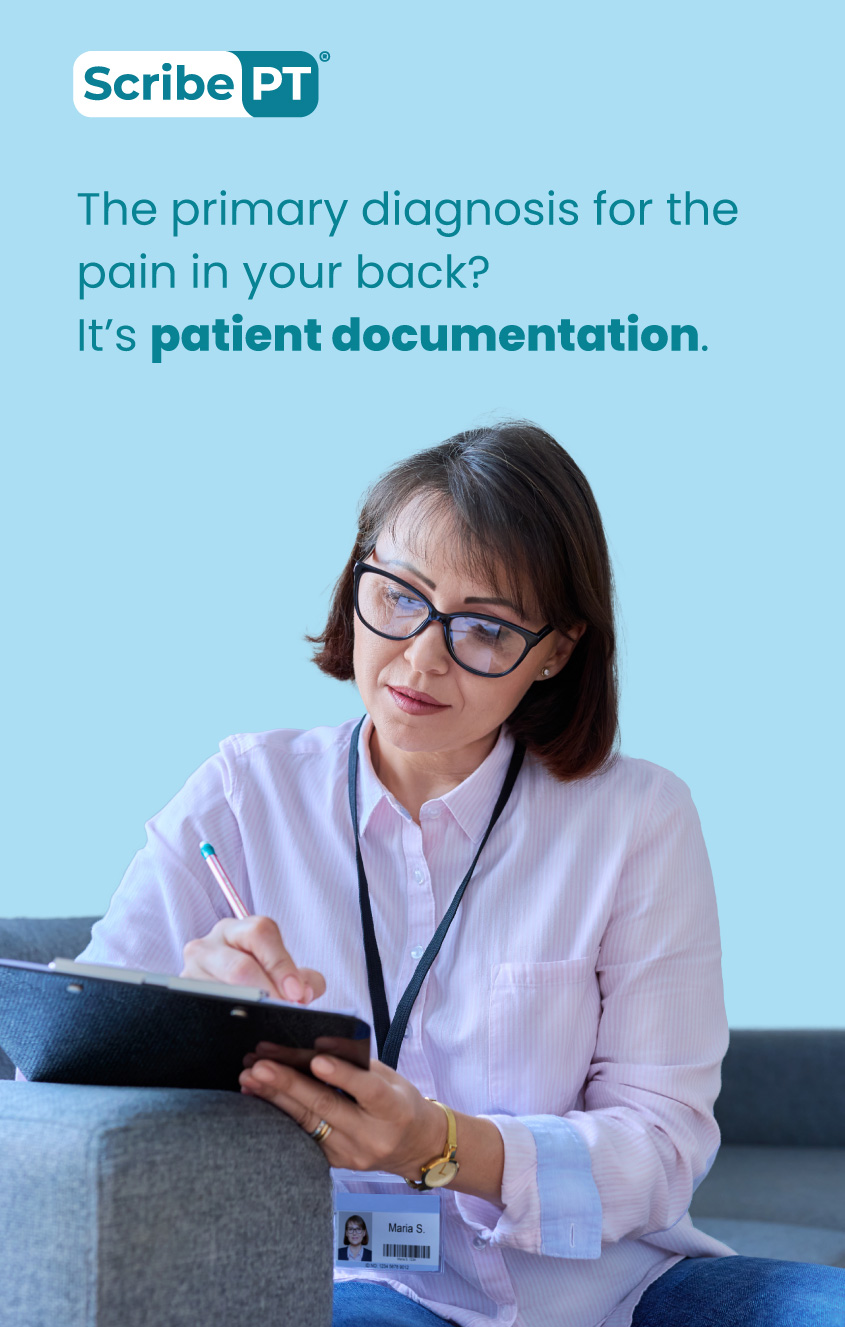50% of all clinical documentation errors are due to incorrect patient records.
(World Health Organization)
With documenting errors accounting for up to 20% of malpractice lawsuits, accuracy and completeness are crucial in patient documentation.
Patient appointment recording has been a common practice to ensure that documentation is complete and comprehensive. However, you may find that it can be tedious and challenging to leverage on its own.
To make the most out of your patient recordings, here are five vital steps you need to take:
5 Things To Do When Recording Patient Appointments
1. Minimize Noise As Much As Possible
- Reduce background noise from fans and other devices/appliances.
- Ask staff members to keep conversations low nearby.
- If in a private room, close the door and try to speak at an acceptably louder volume than any background noise.
Reducing background noise is essential for capturing clear audio, especially when recording patient appointments in real time. Background noise can interfere with your audio quality, making it harder to review recordings later and increasing the chances of missing important details.
Ensure that the environment is as quiet as possible to help maintain high audio quality, allowing the patient’s voice, as well as your own, to be clear. This will save time and make accurate documentation much easier.
2. Place The Recording Device In An Effective Spot
- Position the device near you and your patient.
- Ensure the microphone of your device is facing both speakers as much as possible.
- Remove any obstructions that can block the recording device from capturing the appointment.
The placement of your recording device can significantly affect the clarity and quality of the recording. By positioning the device strategically, both your voice and the patient’s can be recorded with better fidelity.
A good spot is generally on a stable surface between you and the patient. If the patient has a soft voice, place it closer to them. Optimally positioning the microphone reduces the risk of inaudible audio, especially for patients who speak softly or have thick accents.
3. Note Down Crucial Points Of Information
- Use shorthand to write down vital details efficiently.
- Take down information you may not want to share with the patient right away.
- Indicate the time at which you wrote each point.
While recording the session captures the conversation, taking brief notes on critical points of information helps highlight aspects of the session that might need further emphasis or clarification later on.
Ideally, you should use shorthand techniques to take note of vital details quickly. This is important, especially since engaging with the patient continuously is vital for satisfaction. You can also take the chance to write information you feel may not be appropriate to share with the patient right away.
Finally, for each point, indicate the time when you wrote them. This makes it easy to track and digest alongside your patient recording.
4. Dictate Your Thoughts After The Appointment
- Record a summary of the session immediately after each patient’s appointment scheduling.
- Voice out what is currently in your mind.
- Highlight points that need further review or modification.
After each appointment, take a few minutes to dictate a summary of your thoughts. This allows you to voice out crucial details that may be difficult to recall later in the day.
You can also take the time to highlight points that may require further evaluation.
Dictating your thoughts after each encounter is excellent for ensuring that you fully capture the context of the patient appointment and enables you to better formulate your patient’s next treatment steps.
5. Use ScribePT
- Record the patient encounter in the background and receive an accurate transcription of the appointment.
- Automatically generate SOAP notes that match your documentation style and EMR’s information structure.
- Transfer the draft notes to your EMR in one click.
On their own, patient appointments are challenging to leverage because of the time and effort required to go through them for documentation. Fortunately, the advent of AI technology has enabled rehab therapists to save up to 40 hours per month.
For example, ScribePT is a rehab therapy-focused AI scribe tool that allows you to record the patient encounter in the background and receive a precise transcription of the recording for your future reference. From that recording, it can automatically generate SOAP notes that match your documentation style as if you were the one who wrote them.
Finally, you can transfer those SOAP notes to your EMR in one click, allowing you to accomplish your documentation right away and focus on your next patient.
Bolster Your Patient Documentation With AI
Recording your appointments is an effective method for improving patient documentation by capturing vital details that may be vital with billing. Follow these five steps, however, and you’ll ensure that your documentation is truly a breeze.
ScribePT is the leading AI scribe tool for rehab therapists. Learn how ScribePT can help you reduce documentation time by up to 95%, allowing you to focus more on your patients.

